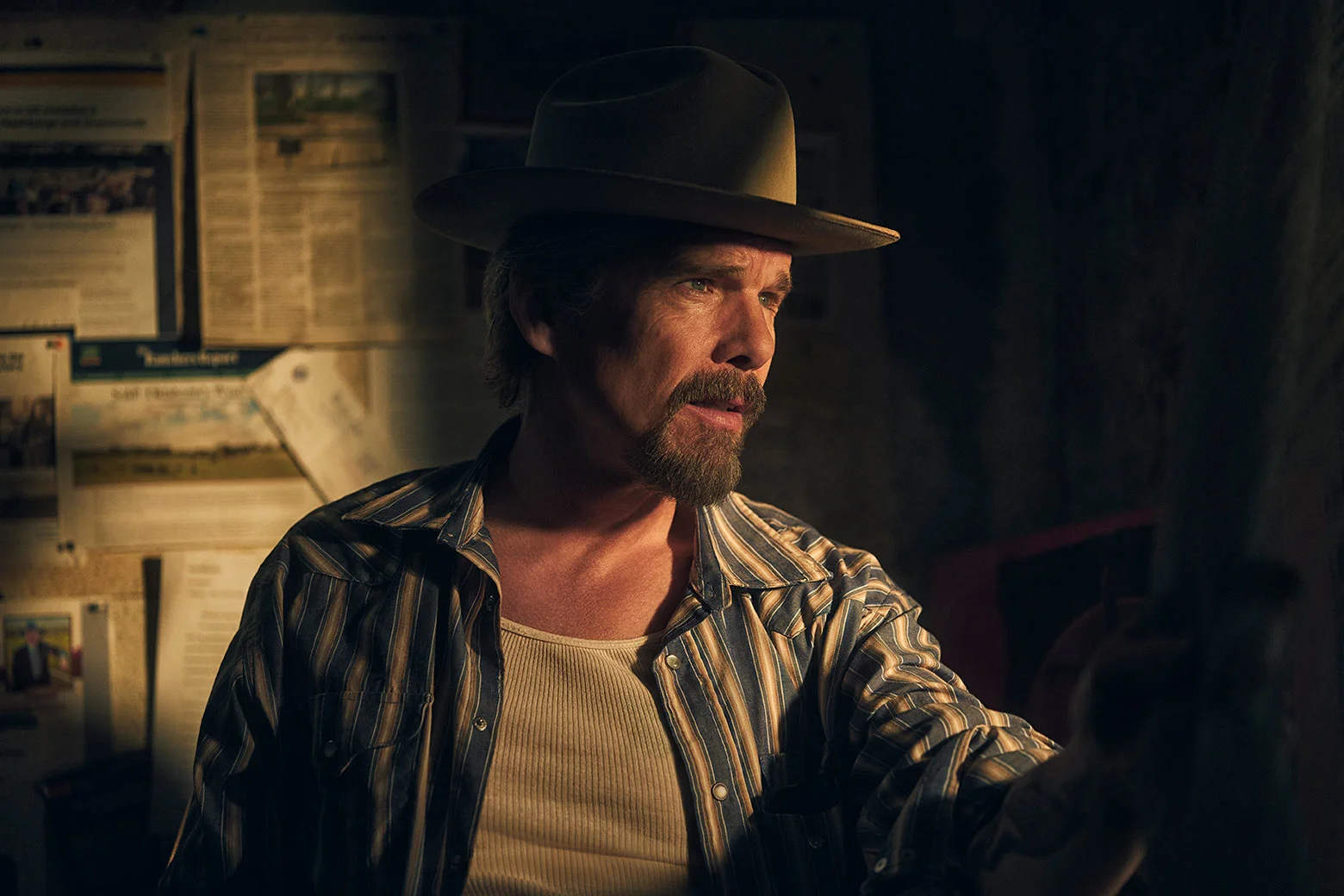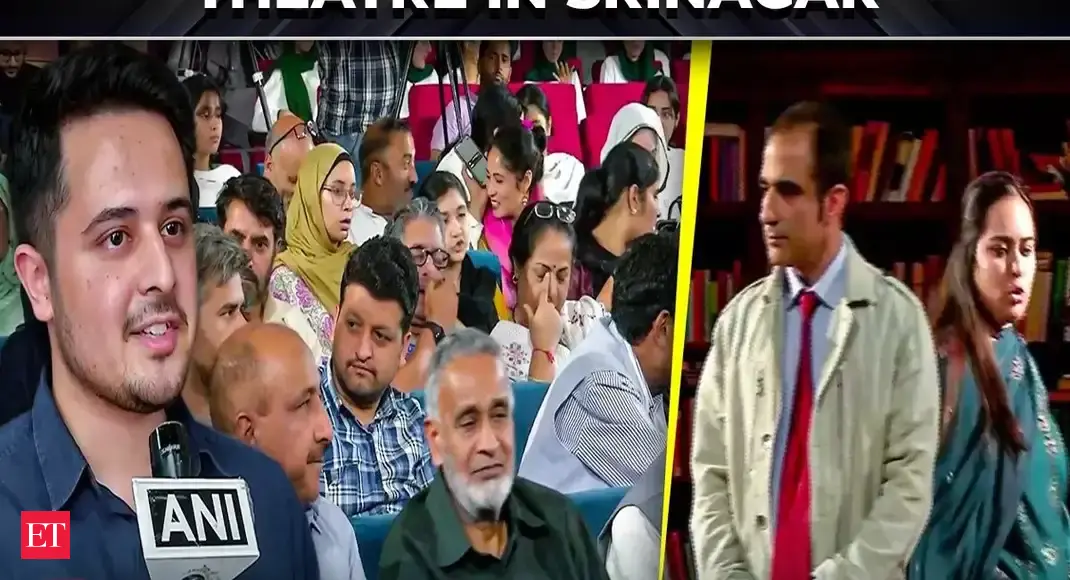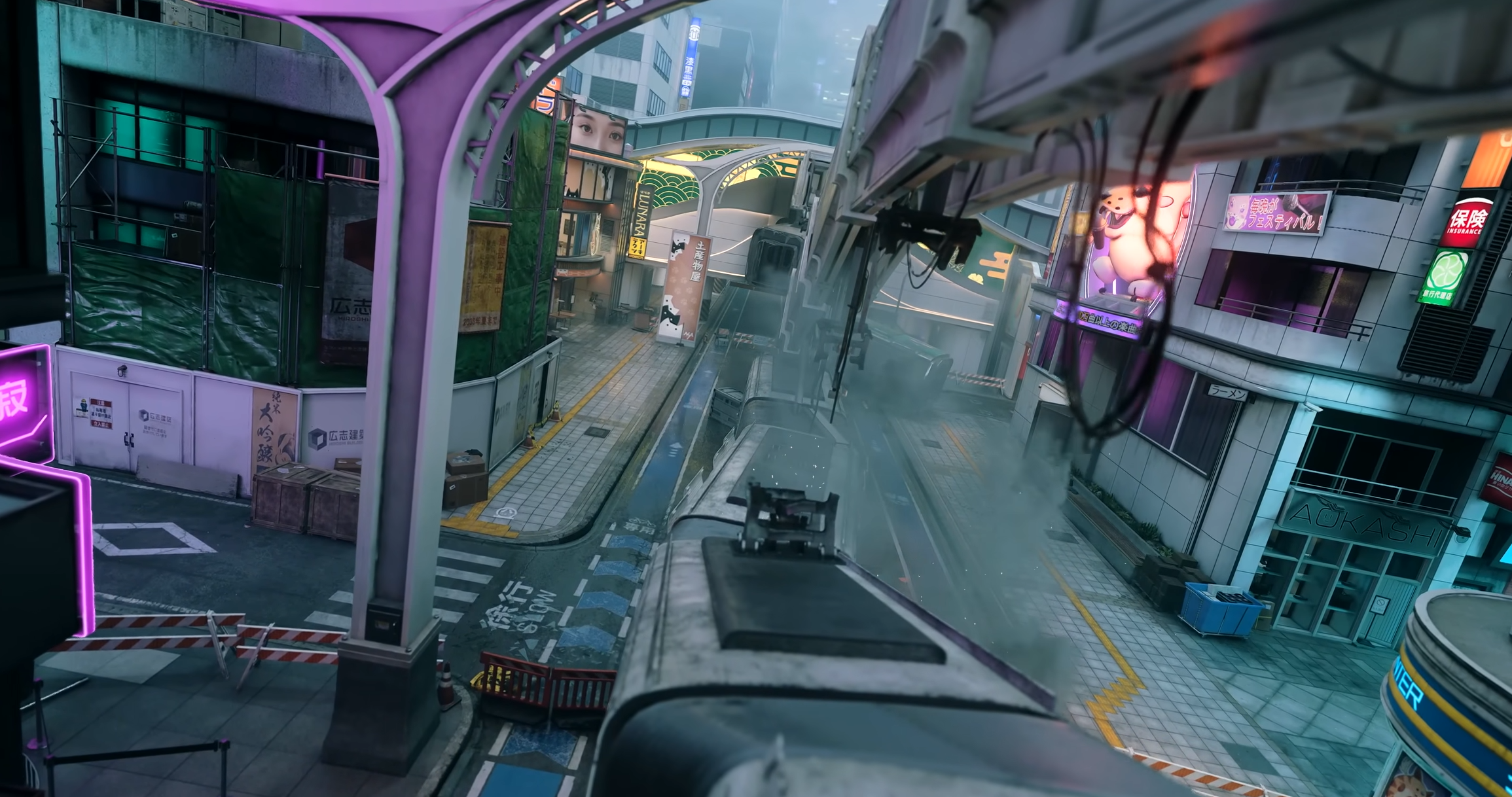Copyright Slate

FX’s The Lowdown, the second show from Reservation Dogs co-creator Sterlin Harjo, wraps up its first season this week. There are a lot of great reasons to get on board with this “Tulsa noir”: cracklingly funny dialogue, a broad cast of great supporting actors (many of whom‚ like Jeanne Tripplehorn, Tracy Letts, and Tim Blake Nelson, have roots in Tulsa) having the time of their lives, and iconic actor Graham Greene’s last appearance on film. But it’s Ethan Hawke, who plays a writer and bookstore owner named Lee Raybon, who’s the real treat of the show. Lee, so beyond category in the world of media that he calls himself a “truthstorian,” is equal parts good intention and questionable judgment. He boasts a dogged commitment to the truth but often makes the wrong choices, finds himself in bad situations, and has to bluff his way out—not always successfully. (As one character, played by Killer Mike, remarks upon hearing that Lee got kidnapped by some skinheads, despite being armed: “How does an adult with a gun get put in a trunk?”) Lee is a classic “can’t stop digging” investigator whose particular mix of messy and astute feels without precedent on-screen. After finding out that the character was inspired by a real-life Tulsa writer, journalist, and historian named Lee Roy Chapman, who died in 2015 at the age of 46, I had to know more. Harjo spoke with Slate about his origin story with Chapman, which parts of the character were inspired by the real man, and which parts (many!) were his own invention. This conversation has been edited and condensed for clarity. Slate: How did you and Lee Roy Chapman meet, and how did your relationship begin? Sterlin Harjo: We met because of [local independent media company] This Land Press. We worked together, and I started doing these videos with Lee Roy called Tulsa Public Secrets. I would ride shotgun with a camera and film him talking about things like Joe Brainard or the White Dove Review. I think we met at El Rio Verde, this Mexican restaurant, for the first time. We had similar friends and this shared love and need to explore and uncover things that weren’t talked about in Tulsa but needed to be. What was he like to hang out with as a person? What was his vibe? I’m not going to tell you much about Lee Roy as a person, the nuance of him, because he’s passed on, he has family, he has friends. But as someone that I was riding around with, it was a very beautiful experience. We would be making these videos and then he would pull over and he’d point at a building, and he would talk about things from Tulsa history. Maybe someone from the Larry Clark book Tulsa—he would tell me about that person’s life and how they used to park here, because there was a day care here, and they couldn’t see their kids, but if they parked there, they could see their kids playing at the day care. It’s research. That’s what he was brilliant at. He would pore over documents and things in the library or wherever, and he would gather these stories. He was a collector of stories. In a lot of ways, we were very similar in that we spent our lives collecting stories and absorbing stories about people. And that was what it was like riding around with him. … I just found a kindred soul in Lee Roy. I’d sit and talk to him all day, and vice versa. We would just share stories. One story about him: He came over one night, him and a couple of friends. We had drinks, and it was probably 3 in the morning, and I was telling Lee Roy about this short film that I had made called Three Little Boys. It’s about these Native kids that are in church, and they’re getting chewed out by their elders … just a story about three kids on the rez, basically. He’s sitting there, we watched it, and he just looked at me and is like, “Dude, you got to keep doing these.” I was like, “What do you mean?” He was like, “You don’t need to be making videos with me. People need to see this.” I wasn’t making a lot of money; this film played at some festivals, but it didn’t jump-start or inject life into my film career. But to hear someone say, “This is important. People need to see this, and people need to hear this. People know nothing about this world”—it just gave me this boost of confidence in my work. That short literally is a precursor to Reservation Dogs. One thing I really like about Lee Raybon, the character, is that he’s confident as a journalist, insofar as he’ll go almost anywhere. He’ll go to some white supremacist’s mom’s house or into a scary white nationalist church. But also, he’s often nervous or awkward, and sometimes he doesn’t seem to quite know what to do. In one episode, he tries really hard not to go to a Native store and a Native cultural event to follow a lead, because he finds it so embarrassing to be a white man in that context. He’s a mix of brashness and uncertainty. Here’s another story about Lee Roy: He was very respectful of Native culture to the point where he would not want to impose on that culture. Very much in the way that Lee in the show doesn’t want to go into the Indian store out of respect, Lee Roy was very much like that. And not just with Natives. My friend Mike Mason told me that one time they were driving to Texas, and they went through my hometown, because I always told them about this hamburger that I think is the best hamburger in the world, at Pat’s Café. They went, and it’s just a town—it’s not like it’s Native only. There’s a mix of everyone. It’s more about the small-town aspect of it, this community. Lee Roy would not go in and eat the burger. Mike went in by himself and sat down and ate the burger. Lee Roy waited in the car. Mike was like, “Why won’t you come in?” He was like, “You know, the idea of city folk coming to the small town to eat the hamburger …” It just felt exploitative to him, I guess. So that’s another funny story, and some of that finds its way into the character. Was he brash like that too as a reporter? That’s the awkward side, but there’s also the He’ll go anywhere part of Lee, on the show. For sure he’d go anywhere, yeah. Mainly, he was doing a lot of research. He did these articles too. I think that his genius was that he could find information and documents and story, and everything that people never knew about. But the major plotline in the show, about him figuring out the backstory of the Washberg family, that’s made up. Yeah, the show itself is inspired by Lee Roy, but the story is made up. I’m not trying to tell his life. And I had a teenage daughter at the time. The storyline with the teenage daughter (Ryan Kiera Armstrong) was more drawn from your life than his, right? That’s right. Can you tell me which of these Lee Raybon things come more from Lee Roy’s life or from your mind? Starting with: white Dodge van, sunglasses and hat. I think those are Lee Roy, right? That’s right. Well, everyone wears sunglasses. I’m not sure that the sunglasses come from Lee Roy. But he wore the hat and drove the white van, yeah. Ran a bookstore? He worked at a bookstore. I don’t know if he ran it, but somebody else owned it. Did he live above it in an apartment, or is that an invention? No, he didn’t live above it. What about the word truthstorian? Did he use that? No, that’s made up. I wrote it in the pilot, the idea of history and truth coming together. Did Lee Roy also vape a lot, like Lee? No vaping. Vaping was not a thing. Finally, I, as a writer, loved the fact that in the final episode of this season, Lee uses TextEdit to draft his big article. That may have just been random, but to me it said so much about the character, because in an RTF file, no editor can make a change or insert a comment! Very Lee. Did you do that on purpose? It was random. I’m glad that you looked into it like that. But it was definitely random, yeah. It feels as if this story is particularly Tulsa to you. What about this character is super Tulsa? I live in a small city in Ohio, and there are people here as well who just get really into local history and really into the area—people who become all-purpose knowers of the place. This is a very Tulsa thing, but also maybe every small city in the world. I think you take pride in the place because you don’t want it to go away. It’s this balance of I don’t want too many new people to move here, but there’s a sweet spot that you want. You want art, you want restaurants, you don’t want it to disappear. You don’t want it to fall apart and blow away, and you need people for that. But you also don’t want too many people to come. Every time I go to Austin, people are like, Oh, man, Tulsa’s just like Austin 30 years ago. Don’t let it change. Don’t let it change, man. One thing about the show is that the main street where Lee’s bookstore is, there’s a bookstore and a diner and a little law office. It almost feels small town inside a city. Is it still like that in Tulsa? There are still places like that? There are definitely pockets that just feel like a little neighborhood. I think one of my favorite things about the feedback that I got on the show was people from Tulsa going, “Oh, man, that is Tulsa.” I had someone say, “You made Tulsa look like Tulsa,” which was a good compliment.



